Let's take you back in time when you first learned how to cycle? How was the encounter? Thrilling and exciting, right? But do you remember the frustrations you had when chains snapped on you when your hands were covered by grease trying to fix the chain, and how messy that process was? Well, gone are those days because kids have the option of riding belt-drive bikes, which are proving to be efficient compared to kids' bikes with chain drivetrains.
Belt—driven kids' bikes and even adult bikes are becoming a thing in the cycling community. Many kids wish to have a belt-driven bicycle as their first bike.
This article tells you more about the pros and cons of belt-driven bicycles compared to chain-driven traditional bikes. We aim to help you decide which is good between the two and make the entire kids' bike purchase process easy and worthwhile.
What is a Belt Drive Bicycle?
According to the Wheretheroadforks cycling blog, a belt-drive bike uses a nylon-toothed synchronous belt reinforced with carbon fiber cords to drive the rear wheel of the bicycle. Instead of using the traditional bike chain, belt-drive bikes come with a belt.
The belts have teeth that fit in durable stainless-steel cogs and alloy chainrings, which enables motion. Belt-drive systems are tough, durable, clean, and silent compared to chain-drive bikes, which is why they are increasingly popular. Most bike packing and bike commuting companies are inclining towards belt drives. This means that if you commute with your kids on bikes, getting them a maintenance-free belt-drive bike can be a great move.
Some of the kids' bikes that come with a maintenance-free belt drive system include Priority Start 16, Woom 3, Belsize 16" and other Belsize kids' bikes, Early Rider Belter 16" Bungi Bungi Bikes.
Pros of Belt-Drive Bikes
Here are some advantages of buying your kid a bike with a belt instead of a chain.
Less Maintenance
One of the most outstanding advantages of belt-drive bikes is that they are low-maintenance bikes. This means that you will not need lubricants or degreasers in your bike maintenance kit. All you need to do is occasionally wash the belt with some water. Of course, it would be best to also brush out the gears with some soft brush or an old toothbrush.
Buying your kids belt-driven bikes means fewer visits to the local bike shop to reattach or change the chain. In addition, the belts stay tensioned or tight and do not fall off compared to chains on chain-driven bikes. With little maintenance, your kids are likely to enjoy their rides for long.
Silent Rides
Belt-drive bicycles produce less noise. Even though belt drive bikes operate almost silently, they are quieter than chain-drive bikes, cars, and motorcycles. Most noise is eliminated as there is frictionless spinning of the belt. Besides, the rubber that makes the belt has the noiseless qualities of rubber. This means that the kids can listen to the environment around them, chat with you without being distracted by cranking noises, and enjoy the sounds of nature.
Smoother Rides
In addition to being quieter, belt-driven bikes also ensure a smoother and more comfortable ride than chain-driven bikes. The tension on the belt responsibly keeps the pedals moving in smooth and continuous motion instead of slips and bumps that occur when riding a bike with a chain. It is also rubber on metal, which reduces the noise than metal on metal in the case of a chain. Switching gears with the derailleur results in unavoidable mechanical noise.
Increased Efficiency
Instead of wearing out or stretching over time like chains, belts keep their shape and form long. It is also reported that the chainring and the cog wear together with the belt, which makes the replacement a one-time thing. This is a signal for efficiency over the belt's lifespan compared to chains that wear at different rates with the chainrings and the cassette. The belt drive system bikes are also efficient at high power output, which is suitable for the little daredevils who churn out a lot of power.
Durability
According to Alee Denham, who runs CyclingAbout, belt-drive bikes are durable. On average, a properly maintained and well-kept belt drive can last 3-5 times longer compared to a chain drive. Alee notes that a single belt can comfortably push to 20000 miles or 30000 kilometers. Chains, on the other hand, are known to last about 3000-5000 miles. Do the math yourself.
No corrosion
The belts are constructed from modern synthetic materials such as carbon fiber and nylon, which do not rust when exposed to the elements. If you live in areas where bikes are prone to rust, such as near oceans, consider buying a kid's bike with a belt-drive system.
No-derailleur
Belt-driven bikes come with planetary bubs compared to gears on chain-driven bikes. In addition, the lack of derailleur makes it maintenance-free.
Cleaner
Since belt drives require no lubrication or degreasing, your kid will not get their hands dirty when cleaning, returning a snapped chain, or when lubricating them. Equally, they do not spill grease on the socks and pants. Belts are also not coated in the lube that gets cacked with sand, dust, and mud. However, you can apply silicone lube to the belt to improve its smoothness and durability, although this is not necessary.
Lighter bikes
Compared to chains, belts are lighter, which makes belt-driven bikes lighter. In addition, belt drives do not require a cassette and derailleur. Besides, there is no need to carry chain-maintenance kits such as chain cutter or breaker, chain lubes, chain cleaner, degreaser, or extra links. Consequently, the kids can enjoy their ride instead of being worn down by the additional weight. Switching to a belt-driven bike is an instant weight-saving measure.
Simplicity
Mechanically, the belt-driven bikes are simpler than the complicated chain-driven bikes, except for the internal gear hub, which is more complex than the derailleurs.
Cons of Belt-Drive Bikes
Even though we have explored the sweet advantages of belt-drive bikes, we have to look at the downside of these bikes and the belt-drive system.
Availability of spare parts
Unfortunately, since belt drives are a new technology, it is hard to find spare parts. This means that the chances of the kids' bike lying idle until you procure a part is higher compared to a chain-driven bike. Most local bike shops and stores do not stock parts of belt-driven bikes. However, with the long service life packed on a belt-drive system, you can always plan to get a spare belt and other parts. Besides, the sprockets are very durable and guarantee your kids ride thousands of miles.
Incompatibility with some hubs
Belt drives are only limited to internal gear hubs, single-speed hubs, and pinion gear hubs. They are not compatible with derailleurs since the belts cannot change the angles as the chain does.
Relatively costly
In comparison to chains, a new belt will cost slightly more. When buying a new belt, you need to budget for a new internal gear hub. However, since the belt-drive system lasts longer, you will be spending relatively less compared to someone using a chain-drive system on their kids' bike.
High wear and tear for BB and rear hub
Since belt-driven bikes run on higher tension than chains, the extra tension stresses the bearings in the bottom bracket (BB) and the rear hub, which causes them to wear out faster.
Limited tire size and rim width
Belts are slightly wider than chains, making it challenging to get a good clearance if you intend to add wider rims or tires to your kids' bike. Besides, if the rims are too broad, they might rub on the belt, limiting the bike's performance.
Incompatibility with Suspension Bikes
Unlike chains that are compatible with suspension systems, belt-drive bikes limit you to bikes with no suspensions. Belts stay at the same tension, thus cannot tolerate movements.
Limited Frame Options
Settling with a belt-driven bike system limits you to specific frames. Unlike chains that can fit on different frames, belt drives are only compatible with frames that split in the rear triangle to allow the installation of the belt. You also need a frame that can allow tensioner installation, eccentric bottom bracket, horizontal dropout, or sliding dropouts. At the same time, the frame must be very stiff.
Conclusion
The belt-driven kids' bikes are durable, ultra-quiet, almost maintenance-free, and practical despite the disadvantages. You can go ahead and get your child a bike that has a belt instead of a chain. Most of these bikes are high-end, slightly priced higher, but it is all for a good course.
Parents who have bought such bikes are already enjoying themselves. The positive feedback from their kids and them are swelling daily. The thrill of seeing some change on the bike is unimaginable. This is not to say that chain-driven kids' pedal bikes are bad. On the contrary, they equally serve their purposes. However, when the time and chance for change comes, do not hesitate!

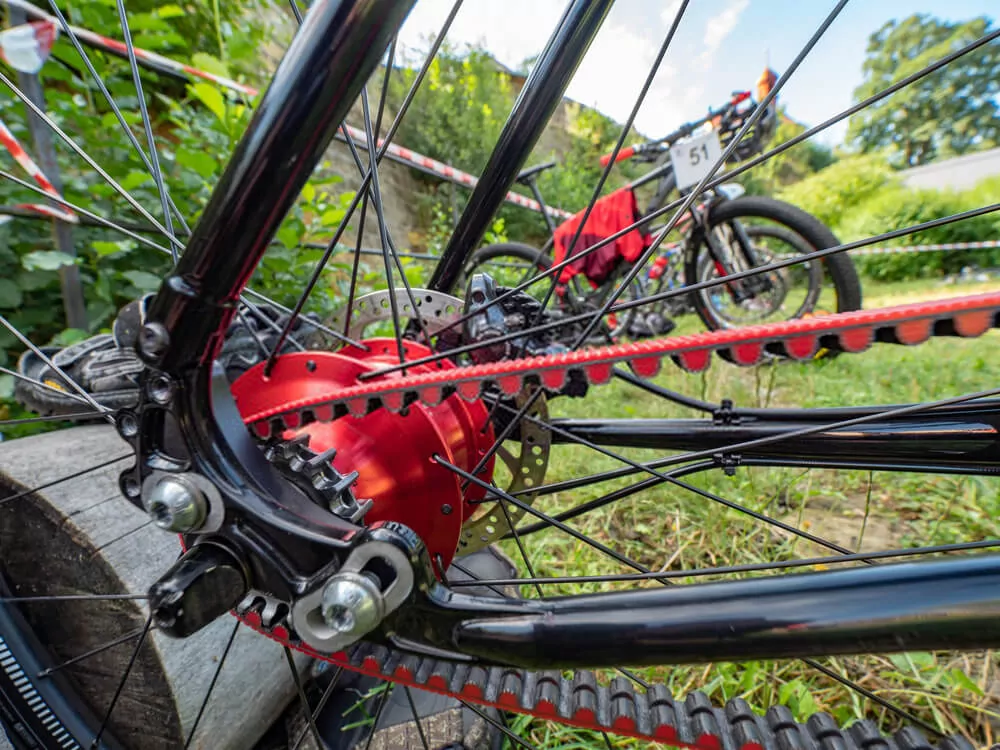





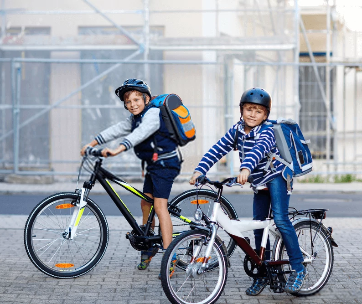


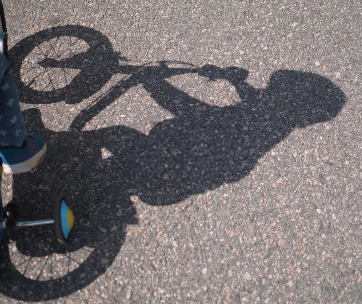

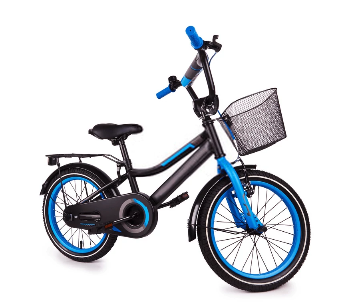
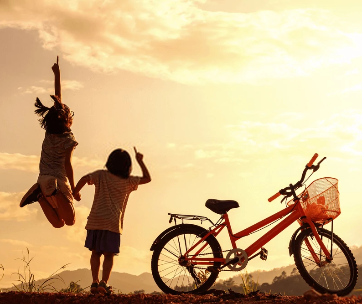
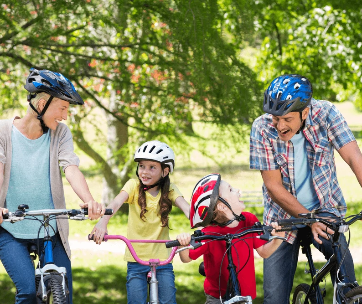
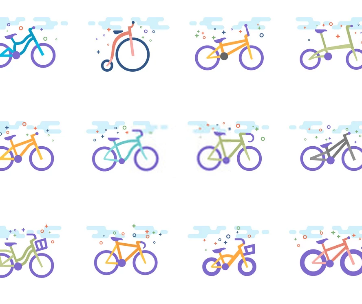
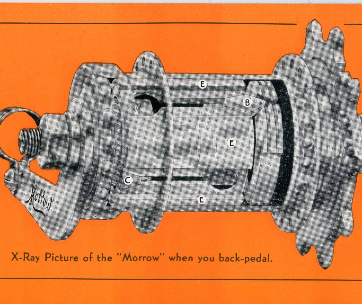

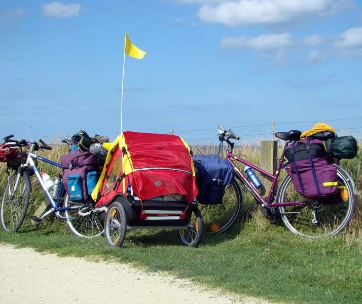
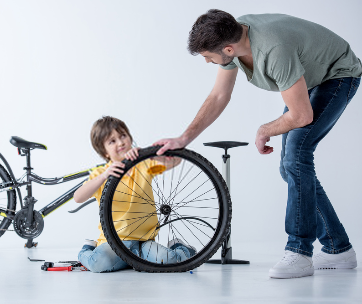
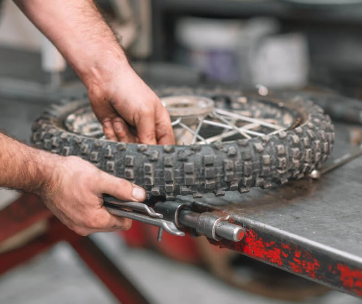
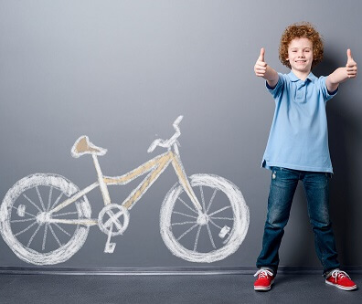
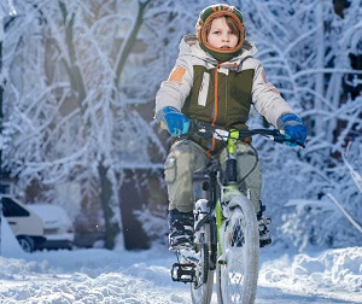


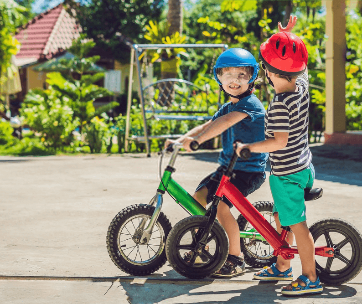
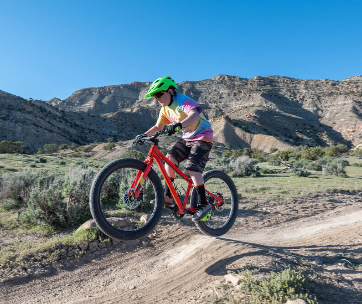
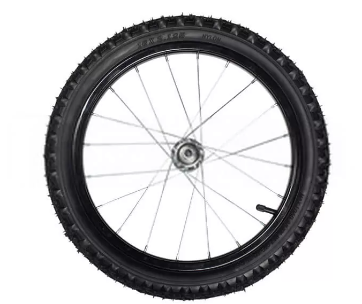
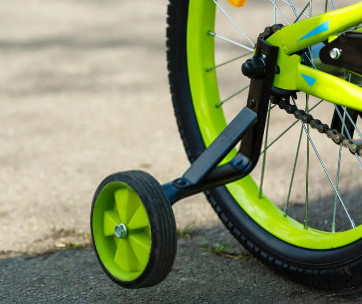
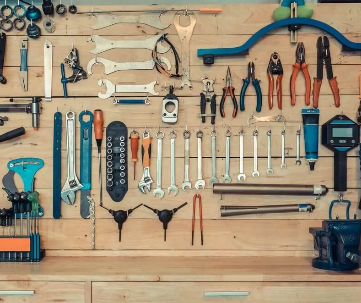
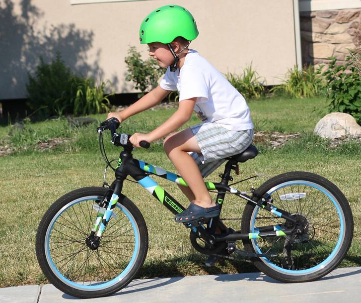
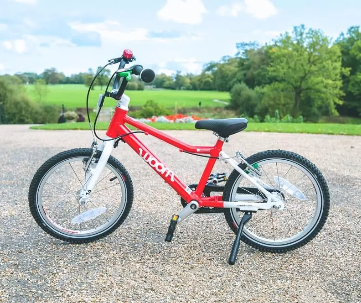

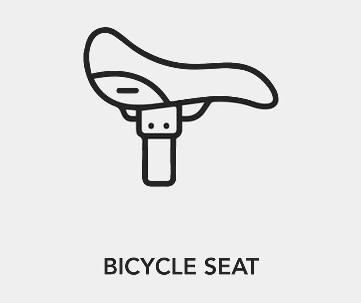

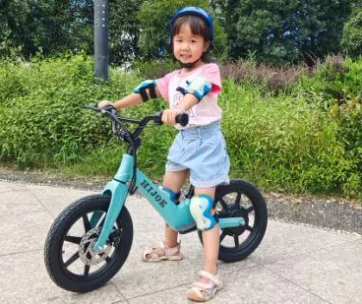
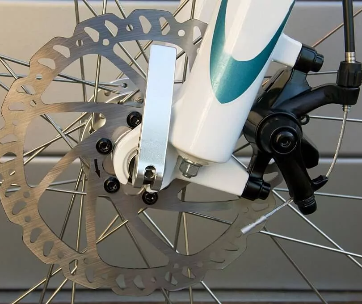

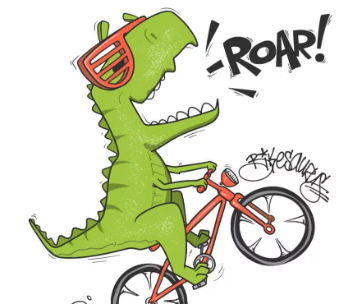
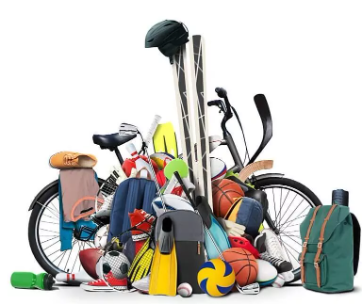
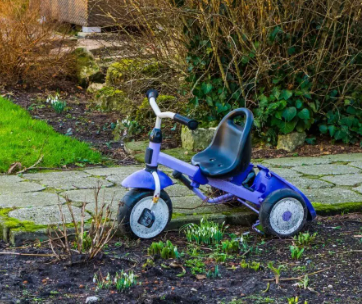
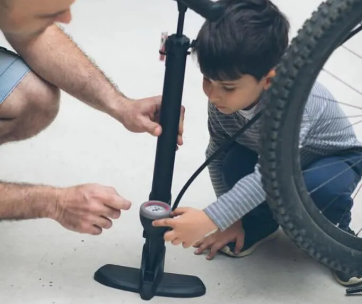
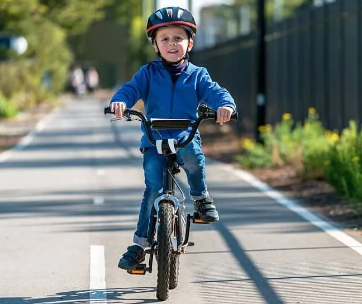
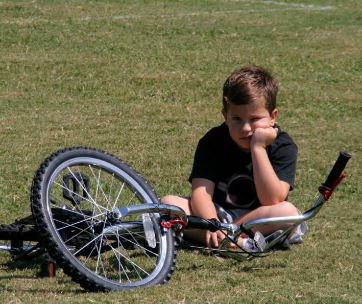
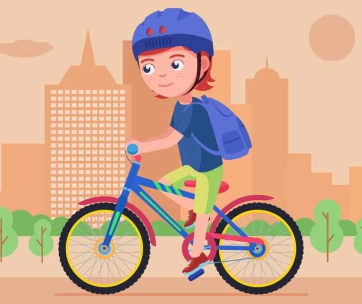

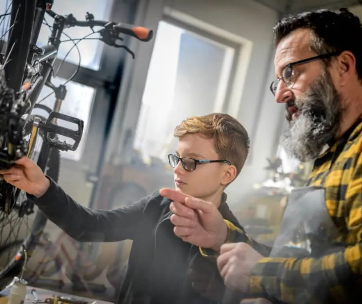

Comments